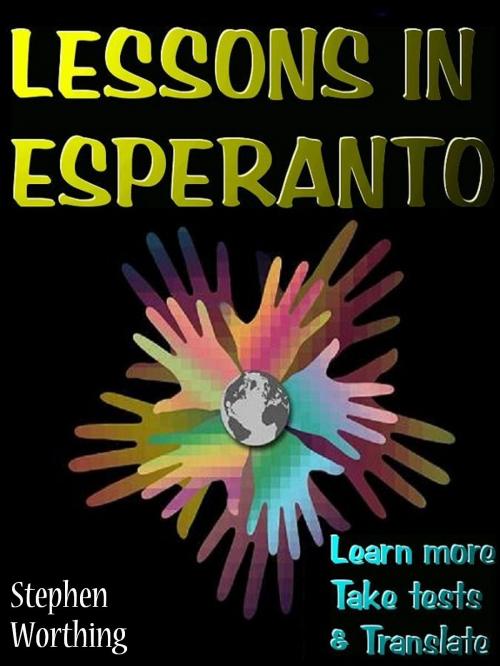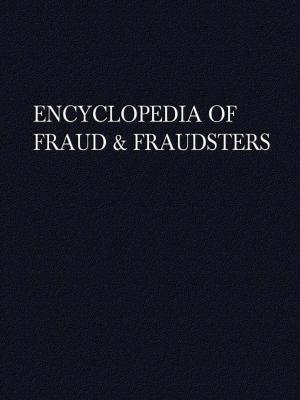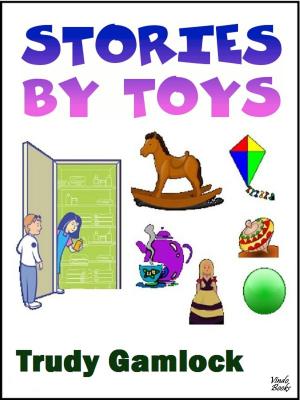Lessons in Esperanto
Learn more with your Kobo, take tests and translate
Nonfiction, Reference & Language, Dictionaries, Foreign Languages, Reference| Author: | Stephen Worthing | ISBN: | 1230000191110 |
| Publisher: | Vindo Books | Publication: | October 18, 2013 |
| Imprint: | Language: | English |
| Author: | Stephen Worthing |
| ISBN: | 1230000191110 |
| Publisher: | Vindo Books |
| Publication: | October 18, 2013 |
| Imprint: | |
| Language: | English |
Learn Esperanto with this book full of exercises, including tests for you to translate Esperanto to English and English to Esperanto.
As a constructed language, Esperanto is not genealogically related to any ethnic language. It has been described as "a language lexically predominantly Romanic, morphologically intensively agglutinative, and to a certain degree isolating in character". The phonology, grammar, vocabulary, and semantics are based on the western Indo-European languages. The phonemic inventory is essentially Slavic, as is much of the semantics, while the vocabulary derives primarily from the Romance languages, with a lesser contribution from the Germanic languages. Pragmatics and other aspects of the language not specified by Zamenhof's original documents were influenced by the native languages of early speakers, primarily Russian, Polish, German, and French.
Typologically, Esperanto has prepositions and a free pragmatic word order that by default is subject-verb-object. Adjectives can be freely placed before or after the nouns they modify, though placing them before the noun is more common. New words are formed through extensive prefixing and suffixing.
Esperanto has 23 consonants, 5 vowels, and 2 semivowels that combine with the vowels to form 6 diphthongs. (The consonant /j/ and semivowel /i̯/ are both written j, and the uncommon consonant /dz/ is written with the digraph dz.) Tone is not used to distinguish meanings of words. Stress is always on the penultimate vowel in fully Esperanto words unless a final vowel o is elided, which occurs mostly in poetry. For example, familio "family" is [fa.mi.ˈli.o], with the stress on the second i, but when the word is used without the final o (famili’), the stress remains on the second i: [fa.mi.ˈli].
Learn Esperanto with this book full of exercises, including tests for you to translate Esperanto to English and English to Esperanto.
As a constructed language, Esperanto is not genealogically related to any ethnic language. It has been described as "a language lexically predominantly Romanic, morphologically intensively agglutinative, and to a certain degree isolating in character". The phonology, grammar, vocabulary, and semantics are based on the western Indo-European languages. The phonemic inventory is essentially Slavic, as is much of the semantics, while the vocabulary derives primarily from the Romance languages, with a lesser contribution from the Germanic languages. Pragmatics and other aspects of the language not specified by Zamenhof's original documents were influenced by the native languages of early speakers, primarily Russian, Polish, German, and French.
Typologically, Esperanto has prepositions and a free pragmatic word order that by default is subject-verb-object. Adjectives can be freely placed before or after the nouns they modify, though placing them before the noun is more common. New words are formed through extensive prefixing and suffixing.
Esperanto has 23 consonants, 5 vowels, and 2 semivowels that combine with the vowels to form 6 diphthongs. (The consonant /j/ and semivowel /i̯/ are both written j, and the uncommon consonant /dz/ is written with the digraph dz.) Tone is not used to distinguish meanings of words. Stress is always on the penultimate vowel in fully Esperanto words unless a final vowel o is elided, which occurs mostly in poetry. For example, familio "family" is [fa.mi.ˈli.o], with the stress on the second i, but when the word is used without the final o (famili’), the stress remains on the second i: [fa.mi.ˈli].















